Spice Up Your Life: A Flavorful Journey Through Indian Spices
Table of Contents
Introduction to Indian Spices
Indian spices are more than just flavor enhancers—they're the soul of Indian cuisine. From the smoky warmth of cumin to the fiery kick of chili, these spices have been used for centuries in cooking, medicine, and even religious rituals. Whether you're a seasoned chef or a home cook with a passion for global flavors, exploring Indian spices can open up a whole new world of taste.
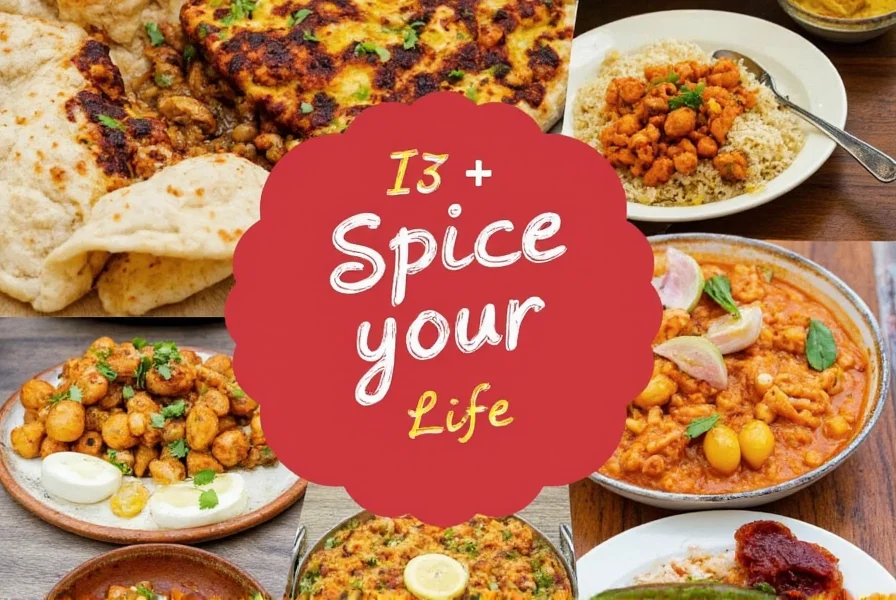
What makes Indian spices so special? It's their complexity, versatility, and deep cultural roots. Each spice tells a story—of trade routes, ancient traditions, and the vibrant diversity of India itself. In this article, we’ll take a closer look at some of the most popular Indian spices, how they’re used, and why they’re essential in any kitchen.
Common Indian Spices and Their Uses
Let’s start by diving into the most commonly used Indian spices. These are the building blocks of many traditional Indian dishes:
- Cumin (Jeera): Adds a warm, nutty flavor to curries, rice, and breads.
- Turmeric (Haldi): Known for its bright yellow color and anti-inflammatory properties.
- Garam Masala: A blend of ground spices that adds depth and warmth to dishes.
- Paprika: Offers a sweet, smoky flavor, often used in vegetarian dishes.
- Cinnamon (Dalchini): Adds a sweet, aromatic note to both savory and sweet dishes.
- Cardamom (Elaichi): Used in both sweet and savory recipes, it has a unique floral aroma.
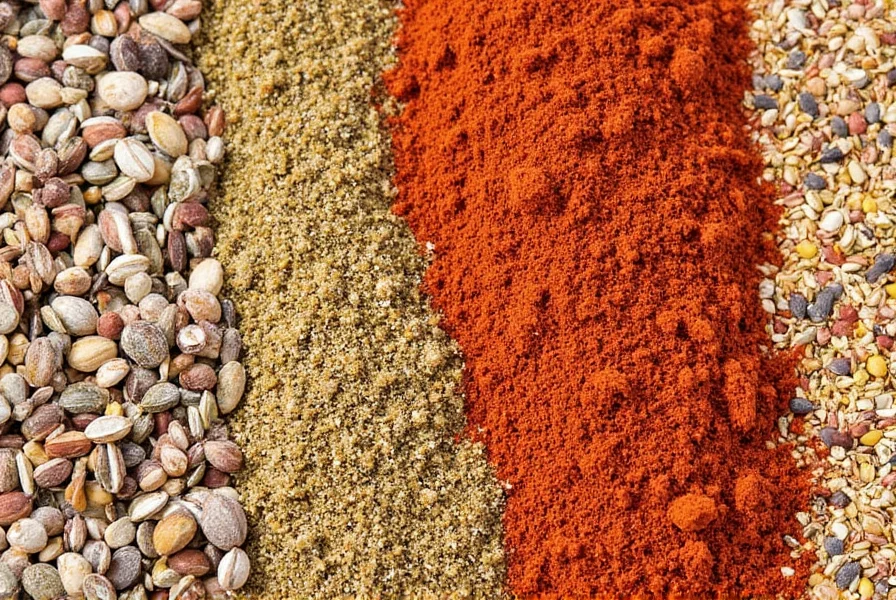
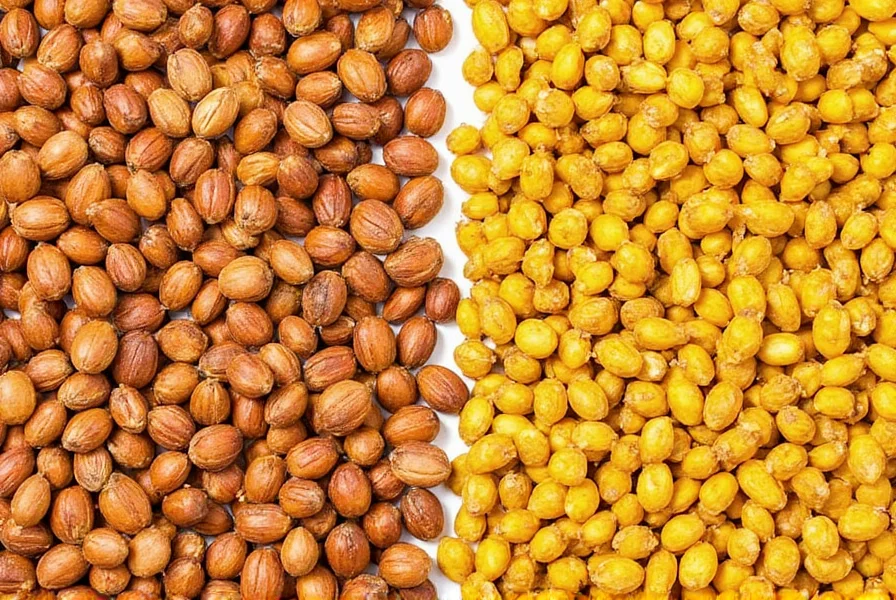
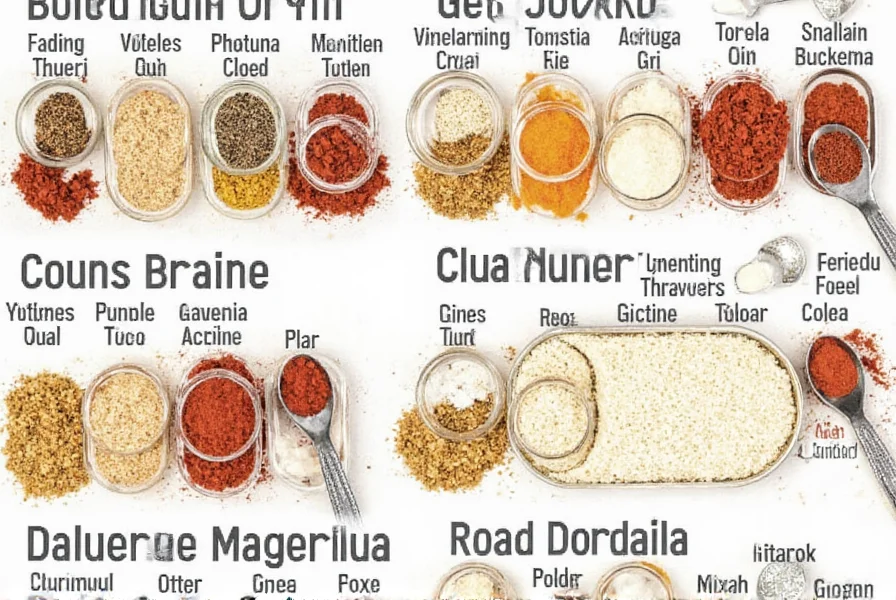
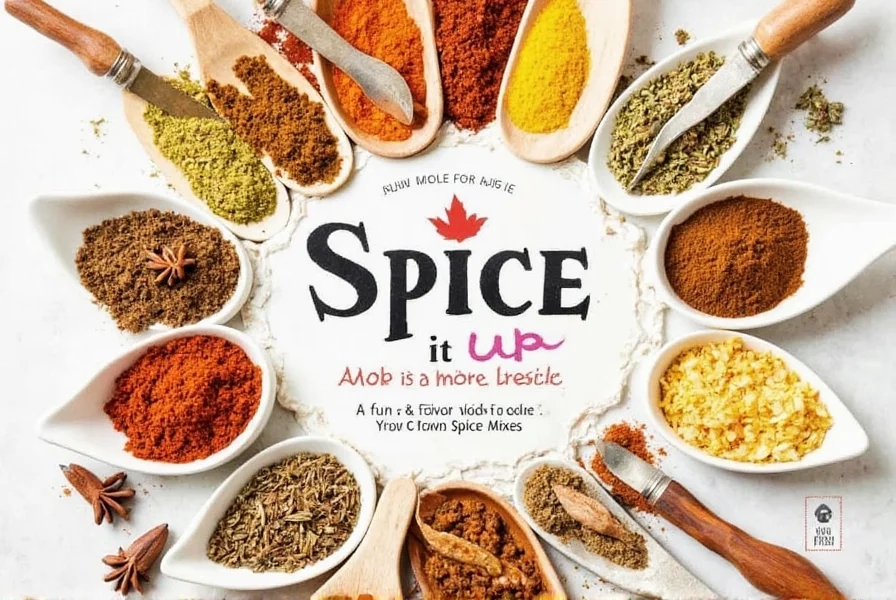

The Magic of Spice Blends
One of the most fascinating aspects of Indian cuisine is the use of spice blends. These pre-mixed combinations allow chefs to quickly infuse complex flavors into their dishes without having to measure each spice individually. Some of the most popular blends include:
- Garam Masala: A warming mix of cardamom, cloves, cinnamon, and black pepper.
- Panch Phoron: A Bengali five-spice blend containing nigella, fennel, cumin, fenugreek, and mustard seeds.
- Masoori Chutney: A tangy, spicy condiment made from tamarind, chilies, and coriander.
- Kadai Masala: A bold blend used in stir-fried dishes, featuring garlic, ginger, and chili.
These blends are not only convenient but also add layers of flavor that make Indian food so distinctive. They can be found in most Indian grocery stores or online, making it easy to experiment with different tastes at home.
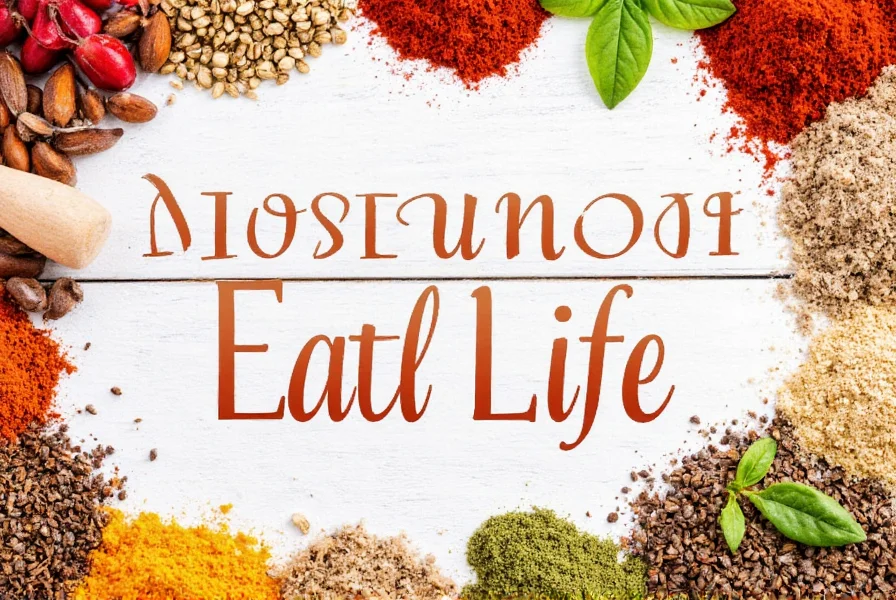
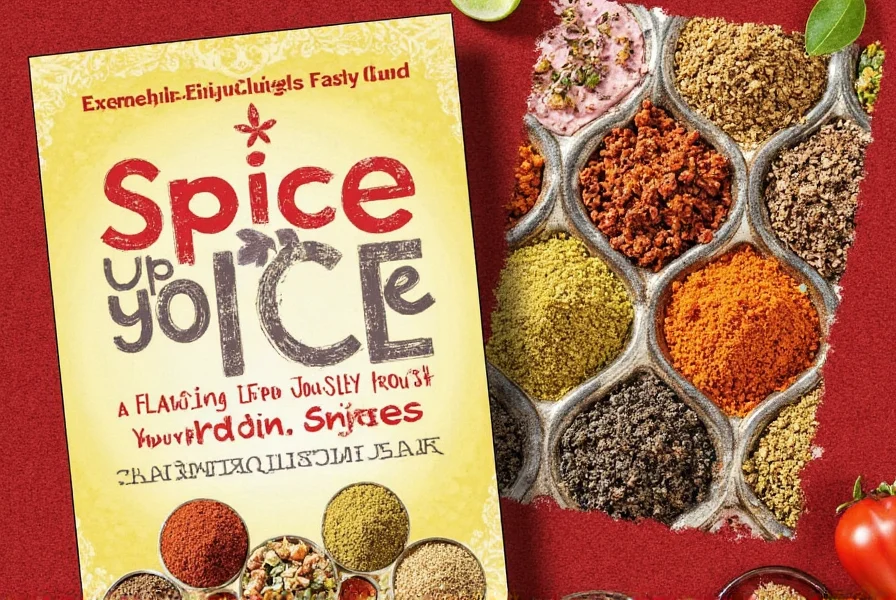
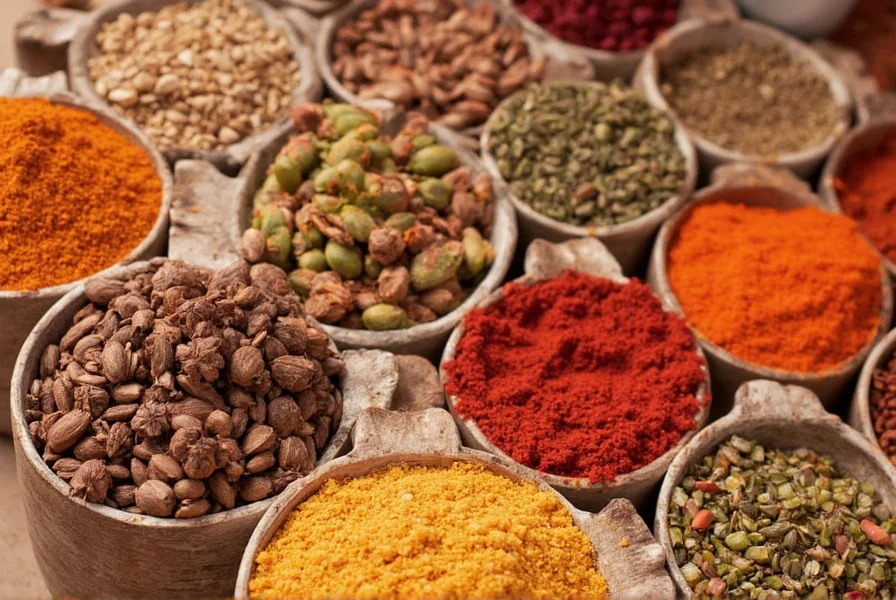
Cooking Tips for Using Indian Spices
Using Indian spices doesn’t have to be intimidating. Here are a few tips to help you get the best out of them:
- Toast the spices first: Dry-roasting whole spices before grinding them enhances their aroma and flavor.
- Add them at the right time: Some spices, like garam masala, are best added toward the end of cooking, while others, like cumin, should be cooked early to release their oils.
- Use fresh spices: Freshly ground spices are far more flavorful than pre-ground ones. Consider buying whole spices and grinding them yourself.
- Balance the flavors: Indian cooking often uses a balance of sweet, sour, salty, and spicy elements. Experiment with different combinations to find your perfect flavor profile.
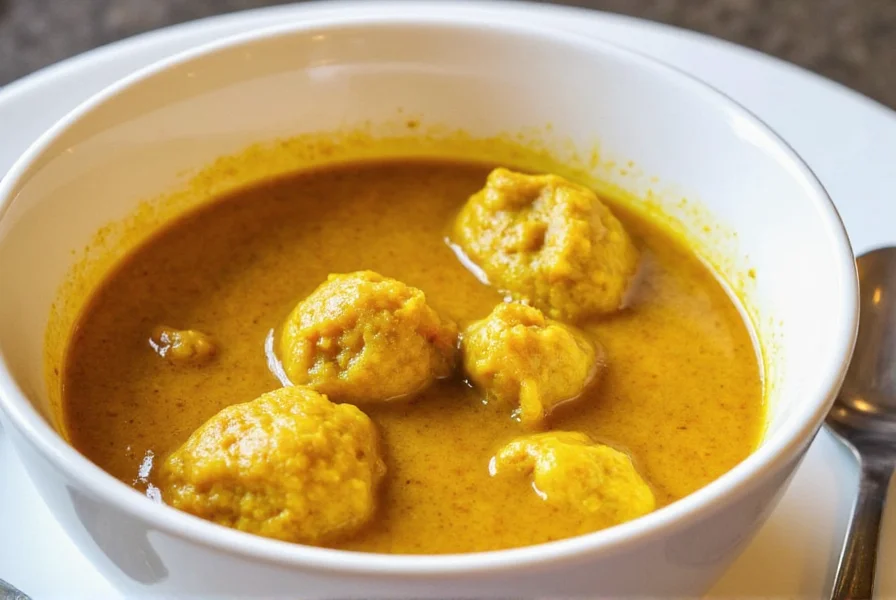
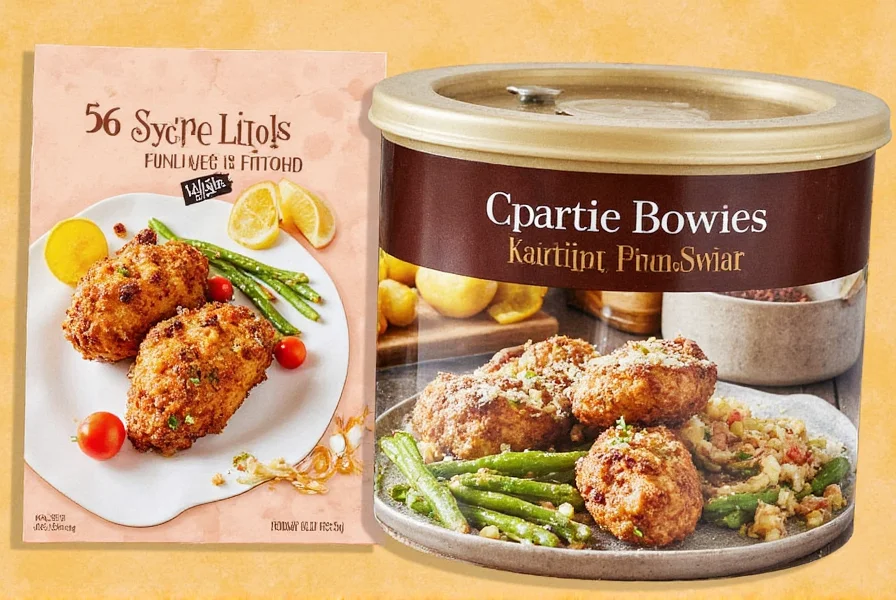
Buying Guide for Indian Spices
If you're serious about using Indian spices, it's important to know where to buy them and what to look for. Here’s a quick guide to help you choose the best products:
| Spice | Recommended Product | Features | Use Cases | Target Audience |
|---|---|---|---|---|
| Cumin | Organic Cumin Seeds | High-quality, non-GMO, and sustainably sourced | Curries, rice, and stews | Cooking enthusiasts and health-conscious individuals |
| Turmeric | Golden Turmeric Powder | Rich in curcumin, suitable for both cooking and wellness | Soups, sauces, and smoothies | Home cooks and wellness seekers |
| Garam Masala | Traditional Garam Masala Mix | Hand-blended with authentic spices | Stews, roasts, and vegetarian dishes | Intermediate and advanced cooks |
| Cardamom | Green Cardamom Pods | Fresh and aromatic, ideal for baking and cooking | Biryani, desserts, and chai | Passionate bakers and tea lovers |
When shopping for Indian spices, look for reputable brands that offer transparency about sourcing and quality. If you're unsure, opt for well-known retailers or specialty Indian markets. Also, consider the form—whole spices are generally more potent, but pre-ground options can be more convenient for everyday use.
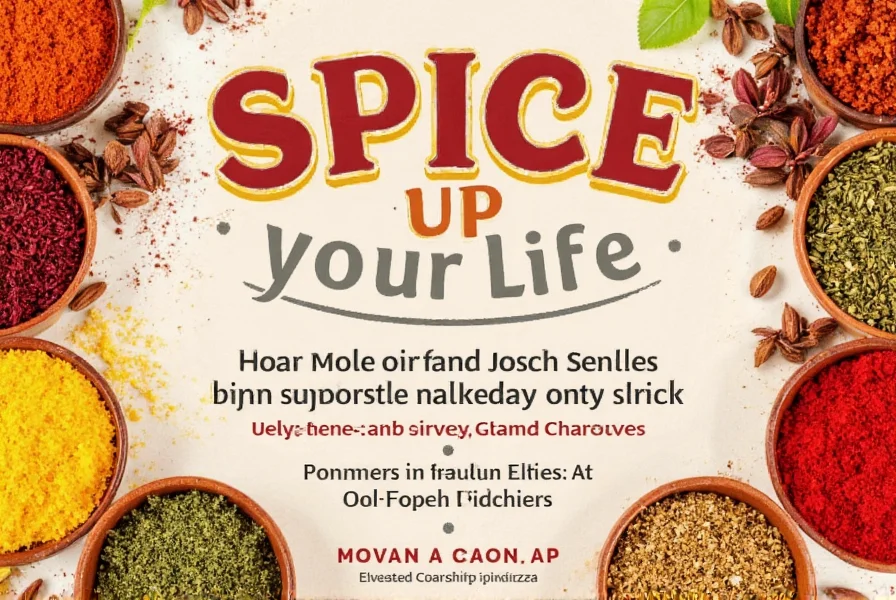
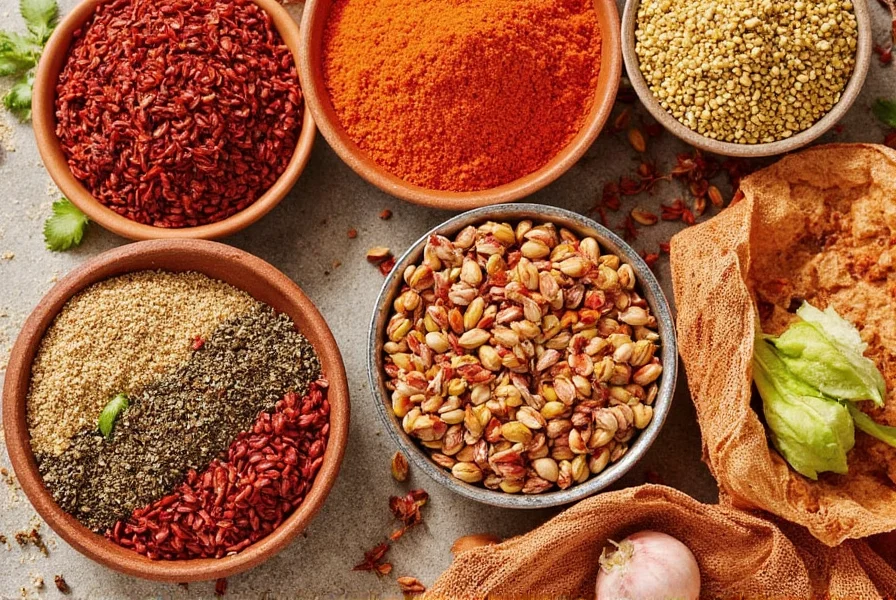
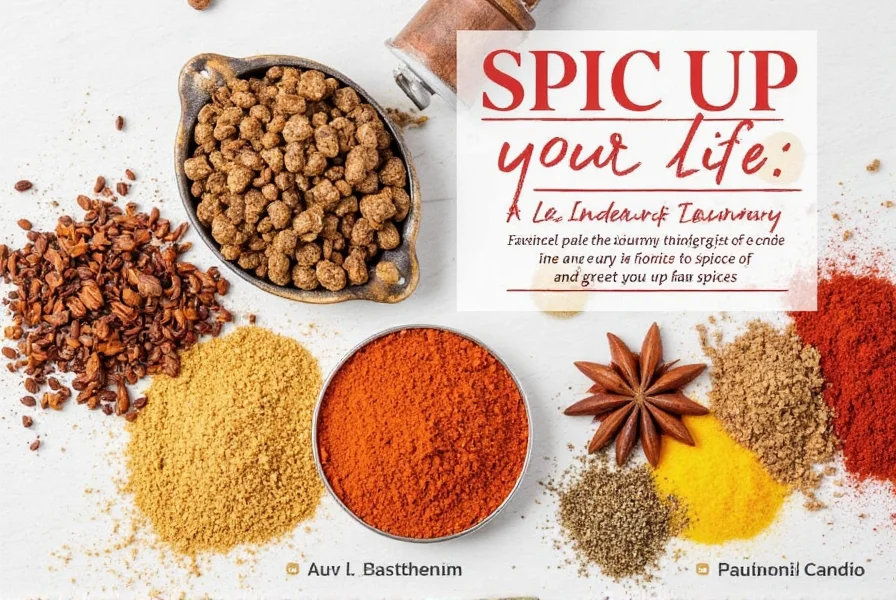
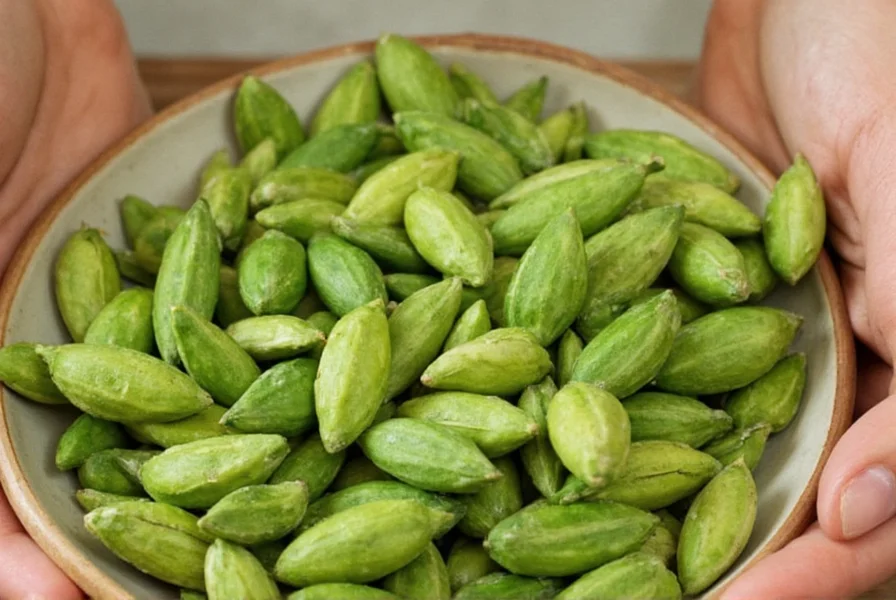
Conclusion
Indian spices are more than just ingredients—they're a gateway to a rich culinary heritage. Whether you're experimenting with new recipes or simply looking to elevate your cooking, these spices can transform your meals in ways you never thought possible. From the earthy warmth of cumin to the floral sweetness of cardamom, each spice brings something unique to the table.
So, next time you're in the kitchen, don't be afraid to reach for that jar of garam masala or a pinch of turmeric. You might just discover a new favorite flavor or unlock the secret to a truly unforgettable dish. After all, the magic of Indian spices lies in their ability to bring people together through taste and tradition.


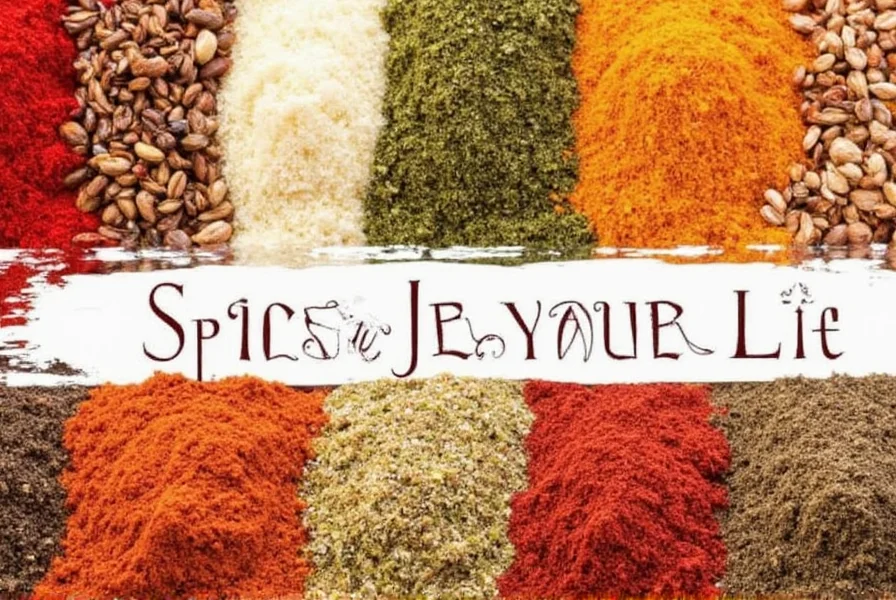









 浙公网安备
33010002000092号
浙公网安备
33010002000092号 浙B2-20120091-4
浙B2-20120091-4